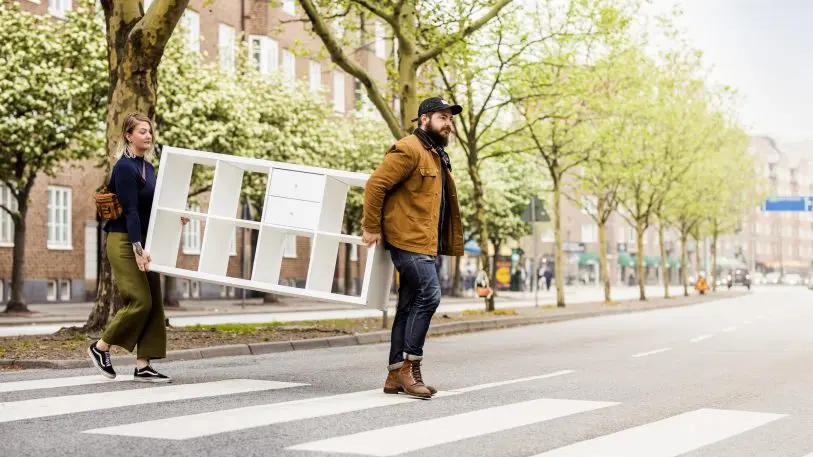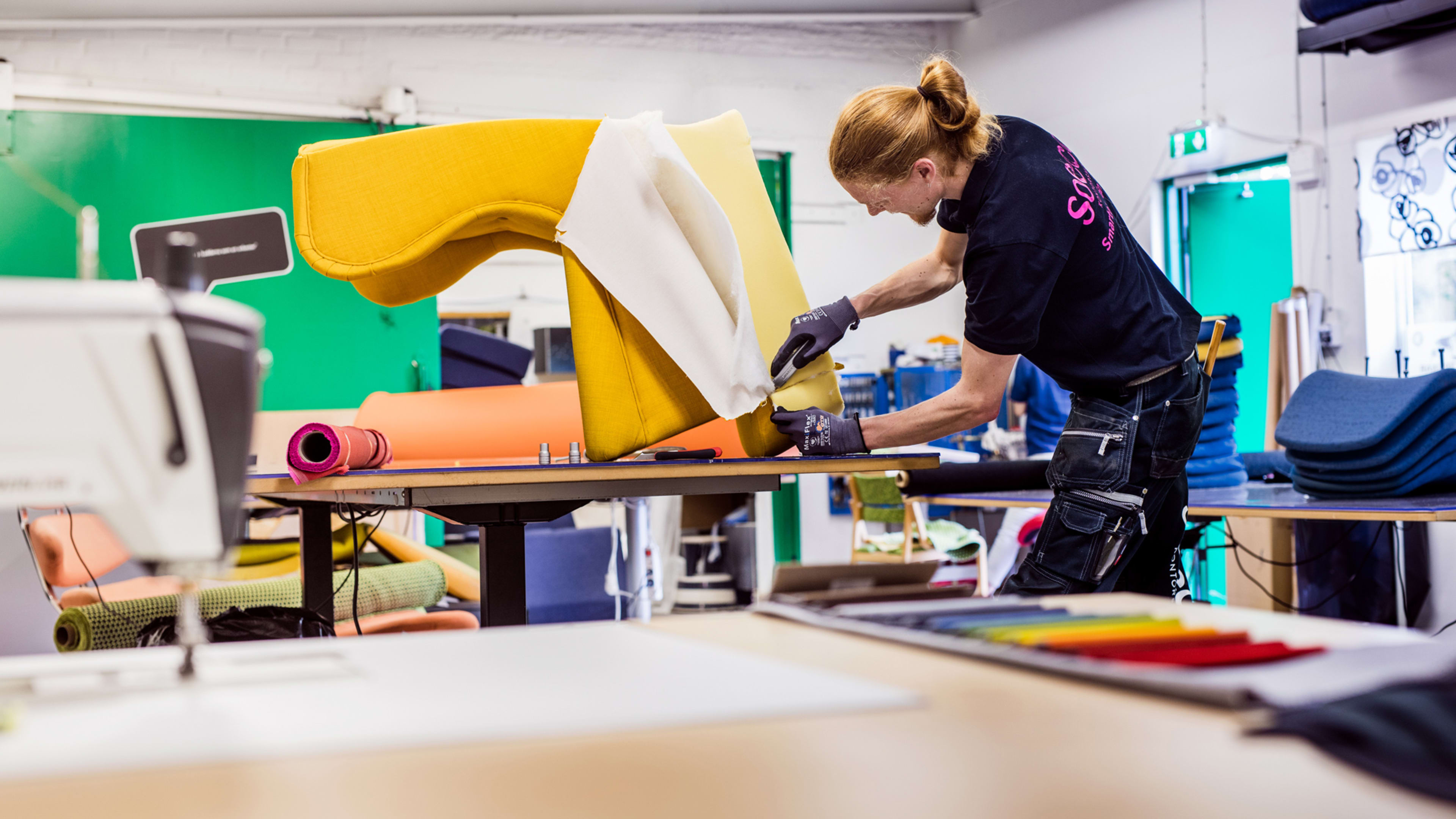Last year, as Ikea began testing a furniture rental program in some markets, it also began taking old furniture back from customers, so it could refurbish old sofas and resell them instead of having them sent to landfills. It’s just one aspect of the company’s plans to become fully circular by 2030—meaning that everything it makes is designed for reuse, repair, or recycling.
Through a new partnership with the nonprofit Ellen MacArthur Foundation, the company wants to help the rest of the home furnishing industry take the same path. “We really want to be part of a systematic shift within the world,” says Malin Nordin, our head of circular development at Inter IKEA Group. The company made the commitment to join the circular economy because it sees the change as necessary. “We see that to continue to grow as a company and be both relevant for our customers and be a sustainable and responsible company, there is only one way forward,” Nordin says. “And that is to transform into a circular business.”


The company is taking on the challenge from several directions. It’s assessing each of its roughly 10,000 products to understand, at a baseline, how circular the product is today. It’s examining how it can better help customers prolong the life of products by making spare parts more accessible or offering repair and maintenance. It’s testing new business models like furniture rental, beginning with corporate customers in countries like Switzerland and Sweden.
It’s also figuring out how it can help amplify the secondhand market for Ikea furniture that already exists; in the tests with refurbished sofas last year, it started learned what spare parts need to be on hand to make refurbishing feasible, which parts needed to be made more durably, and how using standardized platforms across various products could make the whole system easier to manage. While the COVID-19 crisis has closed stores, the tests will resume as it reopens.
This type of thinking about the whole system is critical. “As we look at the landscape of circular economy innovation, there are many examples where well-intentioned products— for example, a product that’s designed to be durable—fall into what you might call a linear or wasteful pathway, because the wider system wasn’t there,” says Iles. “Maybe the repair documentation wasn’t available, or it was too difficult to return it to the manufacturer. Or the spare parts weren’t available.”

Ikea also has a new set of circular design principles for its designers to use on new products, since decisions made at the beginning of the design process ultimately determine where a product will end up. “At the design stage, decisions are made that influence whether that product stays in the economy providing value, or whether it is lost from the economy as waste, in the ocean or in an incinerator or landfill, or just sits idle in someone’s cupboard,” he says. “Those decisions are made at the design stage. And once those decisions have been made, they’re often quite hard to reverse.”
The company wants to serve as a model for others. “There’s no point of Ikea being a circular business if there are no others, or that is not the new economy in the world,” Nordin says. It’s working with Ellen MacArthur Foundation on ways to help the circular economy spread, beginning with finding standard definitions for words like “reuse” or “remanufactured.” The partners are also hoping to influence the next generation of designers. “We’re entering a phase now where there’s a huge opportunity to enable millions of designers and creatives around the world to create for a circular economy,” says Iles.
Recognize your brand’s excellence by applying to this year’s Brands That Matter Awards before the final deadline, June 7.
Sign up for Brands That Matter notifications here.
